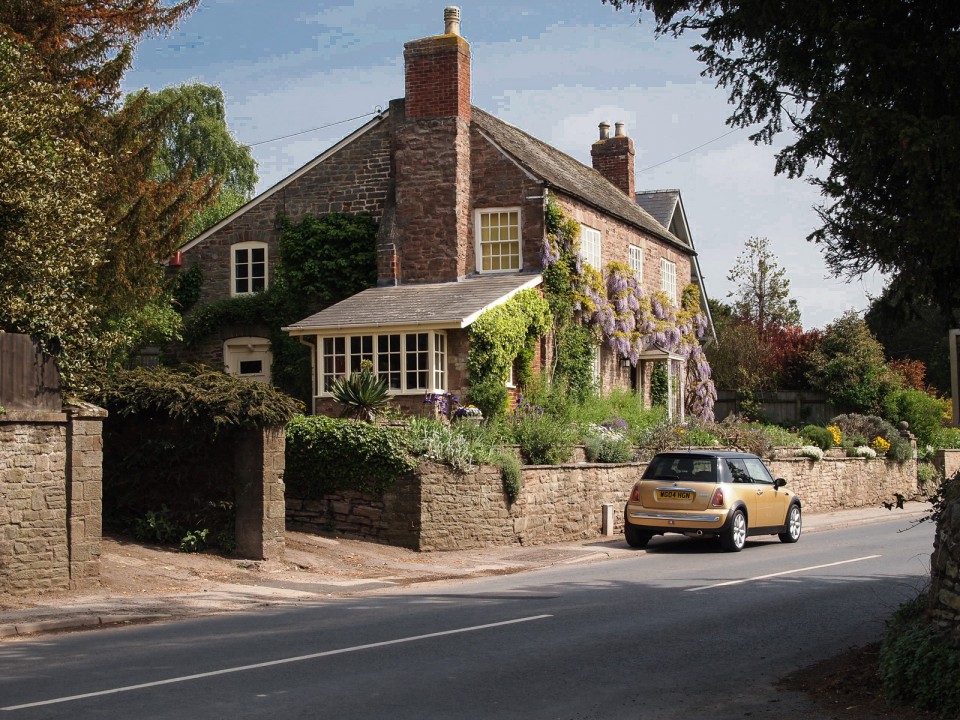Blog
The trouble with JPEGs
To shoot in JPEG or Raw – that is the question?
If you like the images that the camera creates then JPEGs are just fine. The problem with JPEGs arise when you decide to re-process them in Photoshop or Lightroom (JPEGs have already been processed once by the camera). After editing in the camera they are then compressed using a compression algorithm and the bit depth is dropped to 8 Bits per channel (usually from the native 14 bits of the sensor). There is, however, still enough colour and tonal information in the JPEG to display smooth transitions of colour and tone. When the image is edited or processed, however, the smooth transitions of tone may start to break down. What you see in the example above is JPEG blocking artifacts that have resulted from trying to render the sky darker in Lightroom (bringing down the Luminance values of the Blues). The processing in Lightroom has simply amplified the differences in the blocks of pixels that were created during image compression. If this image had been captured using the Raw file format the blue sky could have been rendered darker without any problems, because there would be no compression blocks to worry about and the tonal information would have thousands of levels per channel instead of hundreds.
The simple answer to the JPEG vs Raw question is that if you would like to have more creative options in post-production – shoot Raw.
